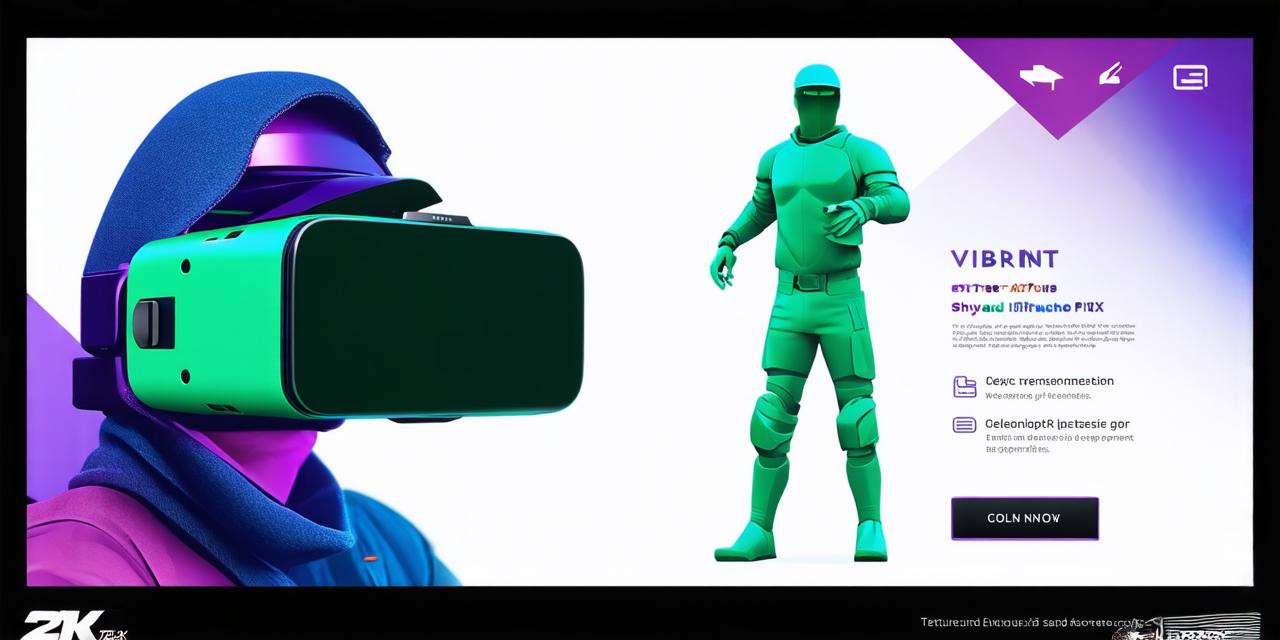<!DOCTYPE html>
Definition: What is AR/VR Development?
AR/VR development involves creating applications that use sensors, cameras, and software to create immersive experiences for users. AR applications overlay digital elements on top of the real world, while VR applications completely immerse users in a virtual environment.
The process of developing AR/VR applications involves several stages, including design, prototyping, development, testing, and deployment.
Case Studies: Real-Life Examples of AR/VR Development
AR/VR development has been used in various industries, from gaming to education and healthcare. Here are some real-life examples of AR/VR applications:
- Pokémon Go: This popular mobile game uses AR technology to overlay digital elements on top of the real world, creating an interactive gaming experience for users.
- Virtual Try-On: This AR application allows users to try on clothes and makeup virtually before making a purchase. It has been used by several fashion brands, including Sephora and L’Oréal.
- Medical Training: AR/VR applications have been used in healthcare to train medical professionals in various procedures. For example, the Surgical Rehearsal System developed by Medtronic uses AR to simulate surgical procedures and allows surgeons to practice before performing the procedure on a patient.
- Education: AR/VR applications have been used in education to create immersive learning experiences for students. For example, the Tilt Brush application developed by Google allows users to draw and manipulate 3D objects in virtual space.
Process Optimization: Best Practices for AR/VR Development
To optimize the AR/VR development process, here are some best practices that developers should follow:
- Use a platform-specific approach: Each platform has its own set of requirements and capabilities. Developers should use a platform-specific approach to ensure compatibility and performance across different devices and platforms.
- Optimize for hardware: AR/VR applications require powerful hardware to run smoothly. Developers should optimize their applications for the target hardware, including graphics processing units (GPUs) and central processing units (CPUs).
- Test thoroughly: Thorough testing is essential for identifying issues and ensuring that the application works as expected on different devices and platforms. Developers should test their applications on various devices and operating systems to ensure compatibility and usability.
- Leverage existing tools and libraries: There are several open-source tools and libraries available for AR/VR development that can save time and effort. Developers should leverage these tools to create high-quality applications quickly.
- Stay up-to-date with the latest trends and technologies: The AR/VR industry is constantly evolving, with new technologies and trends emerging regularly. Developers should stay up-to-date with the latest developments in AR/VR development to ensure that their applications are cutting-edge and competitive.
Summary: The Future of AR/VR Development is Bright
AR/VR development is an exciting field that has the potential to revolutionize various industries, from gaming to education and healthcare. As the technology continues to evolve, we can expect to see more innovative AR/VR applications in the future. Developers who embrace AR/VR development best practices and stay up-to-date with the latest trends and technologies will be well-positioned to succeed in this rapidly growing field.
With advancements in hardware, software, and networking technology, the possibilities for AR/VR are virtually limitless. As more people become familiar with these technologies, we can expect to see a wide range of applications emerge in industries such as education, healthcare, real estate, retail, and more. The future of AR/VR development is bright, and it’s up to developers to harness its potential and create innovative, engaging, and impactful experiences for users around the world.
